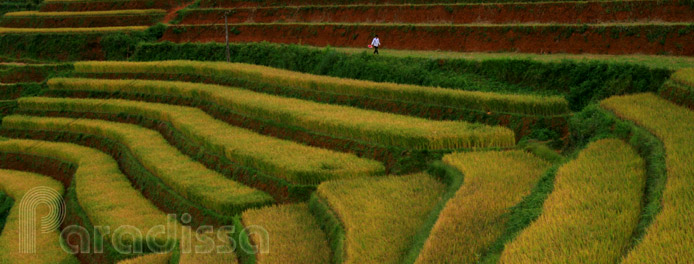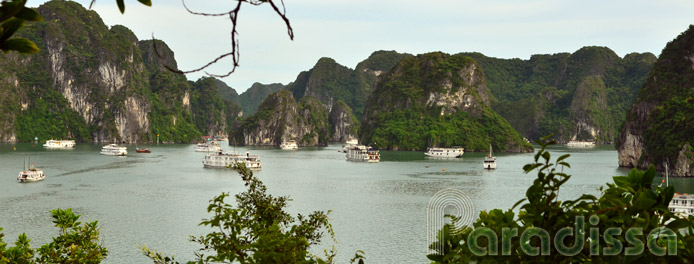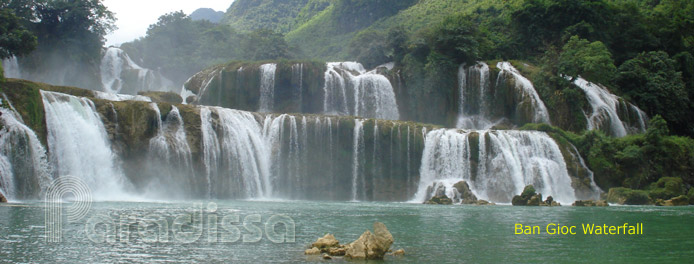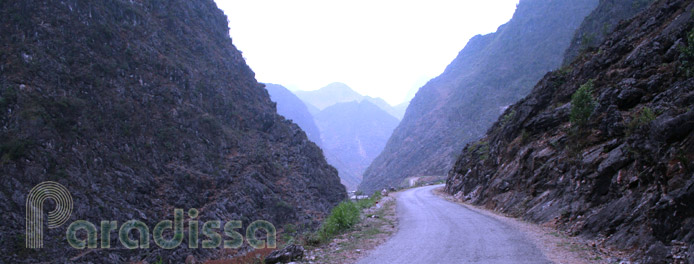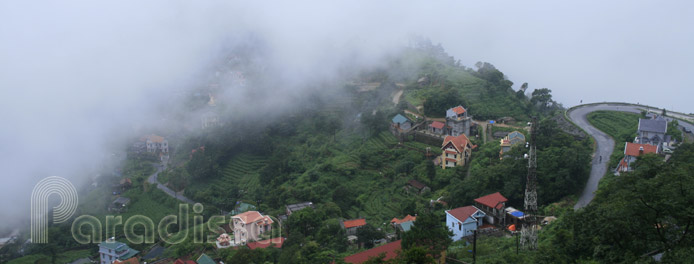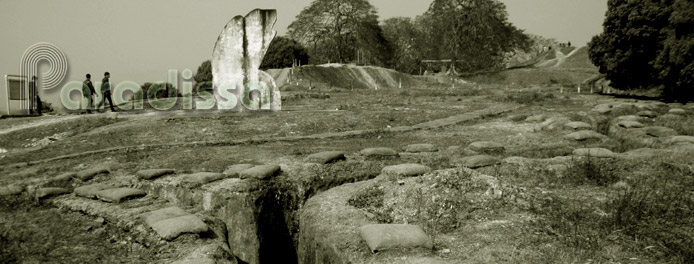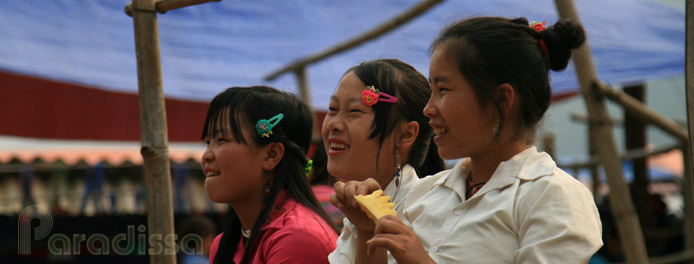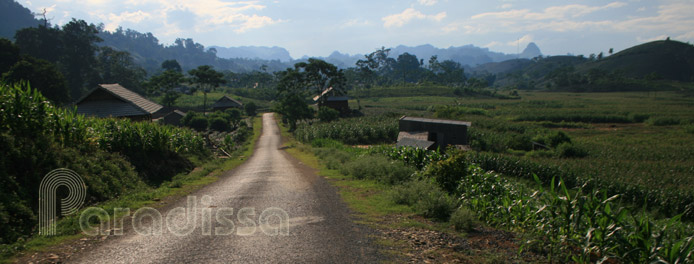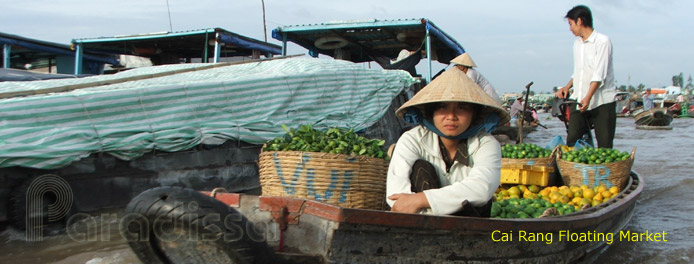Hanoi Holiday Weather today
Date/time of update: April 22, 2025, 1:27 am, Timezone: GMT+7
Mist
Temperature: 26.03°C
Temperature feels like: 26.03°C
Minimum Temperature: 26.03°C
Maximum Temperature: 26.03°C
Atmospheric pressure: 1010hPa
Humidity:89%
Visibility: 4300m
Wind speed: 1.54m/sec
Wind Direction: 100 degrees
Cloudiness: 100%
Sunrise: 2025-04-21 10:32:05
Sunset: 2025-04-22 11:17:35
The Tran Quoc Pagoda (Nation-Protecting Pagoda) is located on the Golden Fish Peninsula (Kim Ngu) in the West Lake (Ho Tay) of Hanoi. Having typical Vietnamese Buddhist architecture and surrounded by amazing natural landscape, Tran Quoc Pagoda is popular a pilgrimage point and a tourist attraction in Hanoi.
Travel Guide to the Tran Quoc Pagoda, Hanoi
History
The pagoda was built first in 545 A.D and its very construction was attached to the founding of an independent kingdom of the Vietnamese – Van Xuan Kingdom (Tens of Thousands of Springs). It represents the independence tradition of Vietnam and was built by King Ly Nam De who got short-lived independence back to the country from the Chinese rule that time.

The areca palm trees on the path from Thanh Nien Road to the Tran Quoc Pagoda
Tran Quoc Pagoda was first built on the dike of the Red River at Yen Phu (back then known as Yen Hoa) but it was relocated to the current position in the 17th century lest the river current should destroy it. It was an island called Golden Fish on which there had been towers for the royal families under the Ly and Tran Dynasties to get breezes in the summer and where boat races were conducted during festivals. Tran Quoc Pagoda was visited frequently by different royal families and was where important ceremonies took place. To get to the pagoda then, the visitors had to go by boat.

A corner of the Golden Fish peninsula on the West Lake of Hanoi
It was in the 17th century that villagers around the lake built a road through the West Lake called Co Ngu (Old Fish) and they also built a path linking Co Ngu Road to the Golden Fish Island making it a peninsula.
When the pagoda was first built, it was called Khai Quoc meaning Founding the Kingdom. In the 15th century it was renamed to An Quoc meaning bringing peace and stability to the kingdom. In the 17th century, the name was changed again to Tran Quoc (Protecting the Nation) as it is now. Each name of the pagoda had something to do with the history of Vietnam and the ruling royal family.

Gate to the Tran Quoc Pagoda, Hanoi, Vietnam
Architecture
The architecture of the pagoda is typical of Buddhist pagodas in Vietnam: the main chamber for worshiping the Buddha and Buddhism, arcades on either side for pilgrims to prepare offerings and to get dressed properly before entering the main chamber, a bell tower in the back and a garden of stupas.
Besides there is a building in the back dedicated to Vietnamese cult – Worshiping Mothers (Mother of the Skies – Mau Thuong Thien, Mother of the Mountains – Mau Thuong Ngan, Mother of The Waters – Mau Thoai). In the back, there is a garden of stupas containing ashes of monks who practiced in the pagoda in the past.

Tower in the back garden of the Tran Quoc Pagoda in Hanoi
Travelers with Paradissa normally visit the Tran Quoc Pagoda on our city tours which embark you on a cultural and historical trip to get a good understanding of Vietnam and the Vietnamese culture.

The facade and front yard of the Tran Quoc Pagoda

The facade of the Pagoda

The frontage of the pagoda from another angle

Inside the Tran Quoc Pagoda

The Front Yard of Tran Quoc

The backside of Tran Quoc

Altar for worshiping the Mothers of the Land at Tran Quoc

Another altar to the Mothers of the Land

Altar for worshiping deceased monks
Hanoi Average Monthly Rainfall and Temperatures




